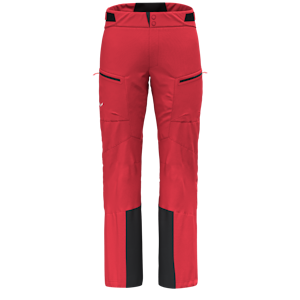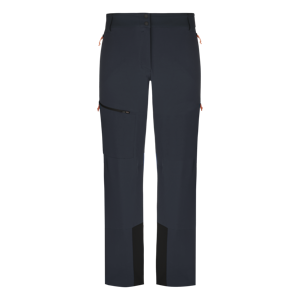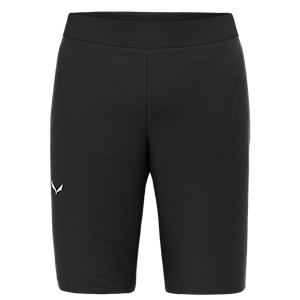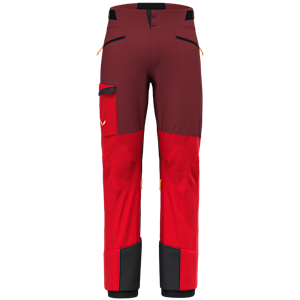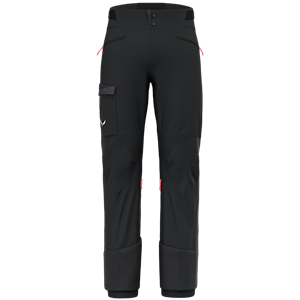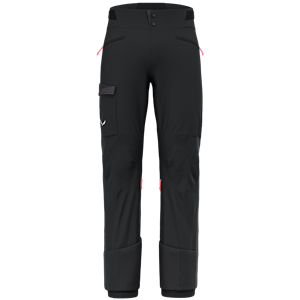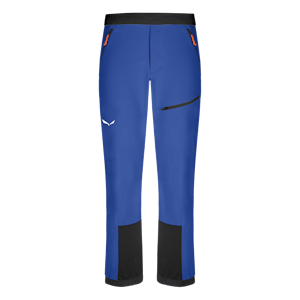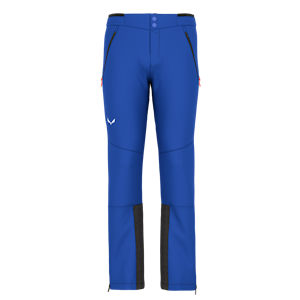Mens Ski Mountaineering Trousers
(10 Products)How to choose ski-mountaineering and ski touring pants?
Choosing the right pants for the job can have a big influence on your ability to keep warm, dry, and comfortable all day on the mountain and in the backcountry. Here’s a quick overview of what to look for when choosing your next ski mountaineering or ski touring pants.
What to consider?
The main considerations when choosing ski pants are fabric and fit.
Fabric
- 3-Layer Hardshells
3-layer hardshell ski pants are built for maximum waterproofing, plus breathability, and durability in wet conditions. Wear them with long underwear underneath. - Softshell Ski Pants
Softshell ski pants are made from protective stretch woven fabrics. They are water-resistant (but not waterproof), soft, highly breathable and offer great freedom of movement, which makes them ideal for ski touring and skinning uphill. - Insulated Ski Pants
These pants have a non-removable insulation layer. They make a good option for super cold conditions but are often too warm for more intensive activity. Another option is to carry a pair of insulating shorts in your pack.
Fit
Getting the right fit for your ski pants is pretty simple, see our size chart for the full range of sizes. We also make certain models with a long, regular, and shorter leg. Velcro-adjust waists can help you customize the fit and many models also come with loops for a belt or suspenders.
If you do plan to climb in your ski pants, you’ll want them to fit cleanly over your mountain boots to prevent snagging on your crampons. Conversely, if you plan to ski in your mountaineering pants, make sure they fit over your ski boots before you head out.
What other features are useful on ski mountaineering pants?
Reinforced knees, seats, and kick patches (reinforced cuffs for protection against ski edges and crampons) make pants more durable and long lasting. Inner gaiters are a useful addition to prevent snow from getting down into your boots. And long side zips help with ventilation. Go for pockets with zips, they’re more secure.
Is it better to buy tight or loose ski mountaineering pants?
Ski pants should fit neither too loose nor too tight, but rather have a comfortable and functional fit and allow for a full range of motion (think kick turns). Make sure yours have enough room to accommodate your layers underneath.
Are ski mountaineering pants supposed to be high waisted or have bibs?
High waists and bibs do offer greater protection than standard pants. However, they generally have poorer venting, and some users find them too warm around the upper body.
Do I need thermals under ski mountaineering pants?
It’s best to invest in a few different weight thermal base layers to cover a range of colder temperatures.



